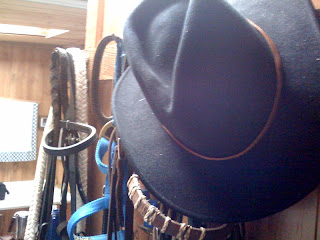
The second greenhouse (or the first cold house depending on how you want to look at it) got it's initial dosage of lime, fish bone meal and feather meal. These are approved organic additives that we are adding to get the soil up to the proper pH level, as well as nitrogen and phosphorus. We determined the soil needs by having soil analysis done by a lab.












